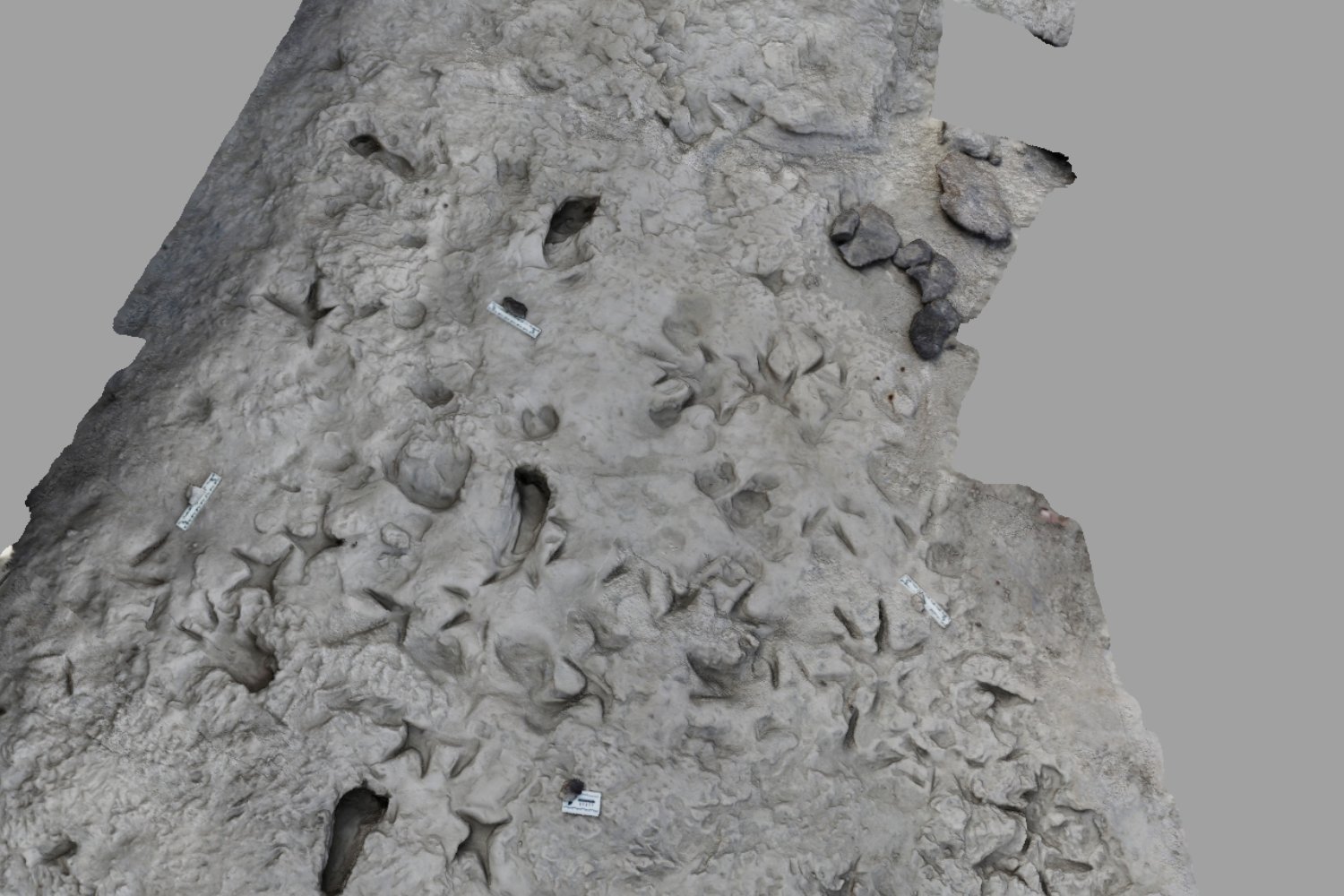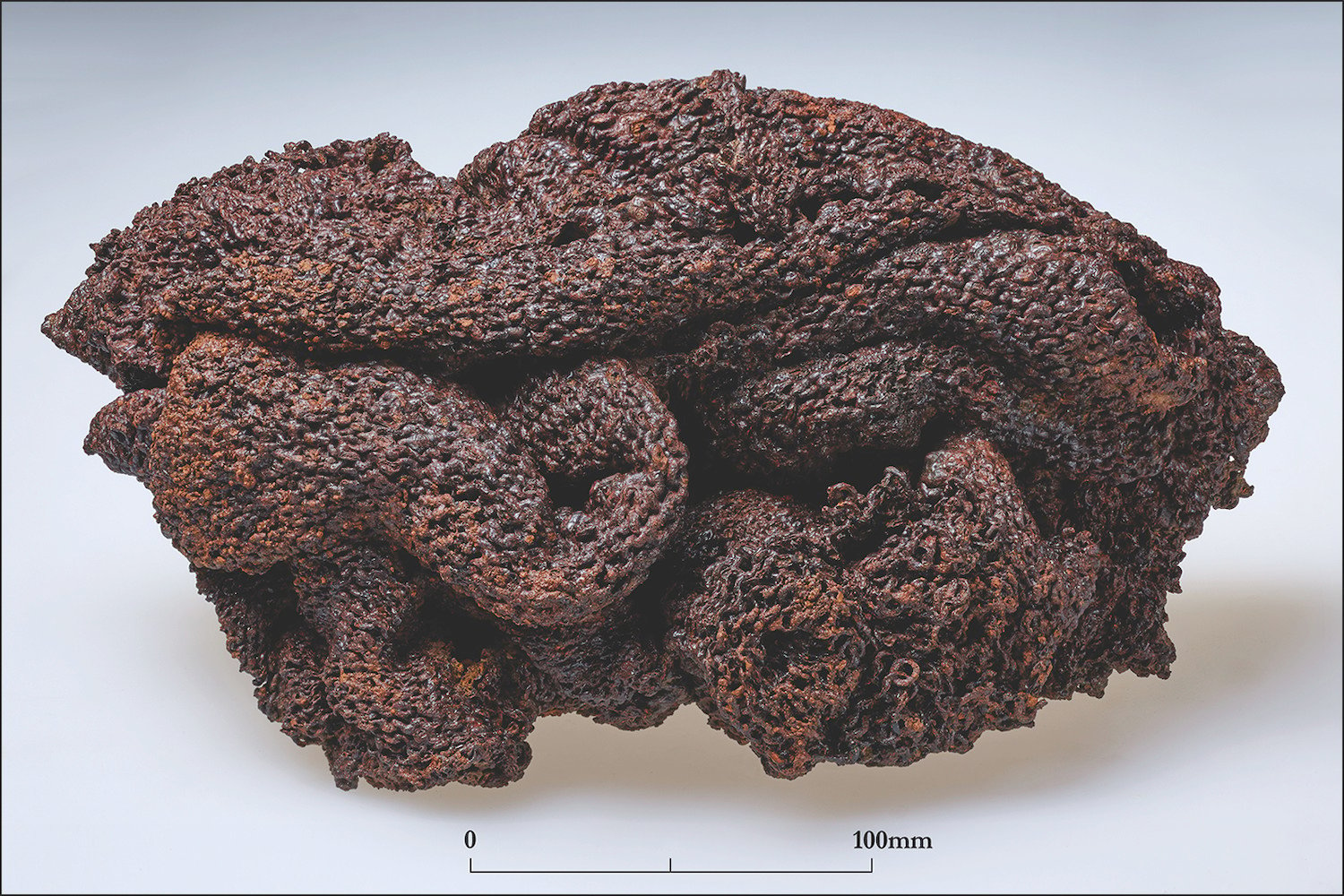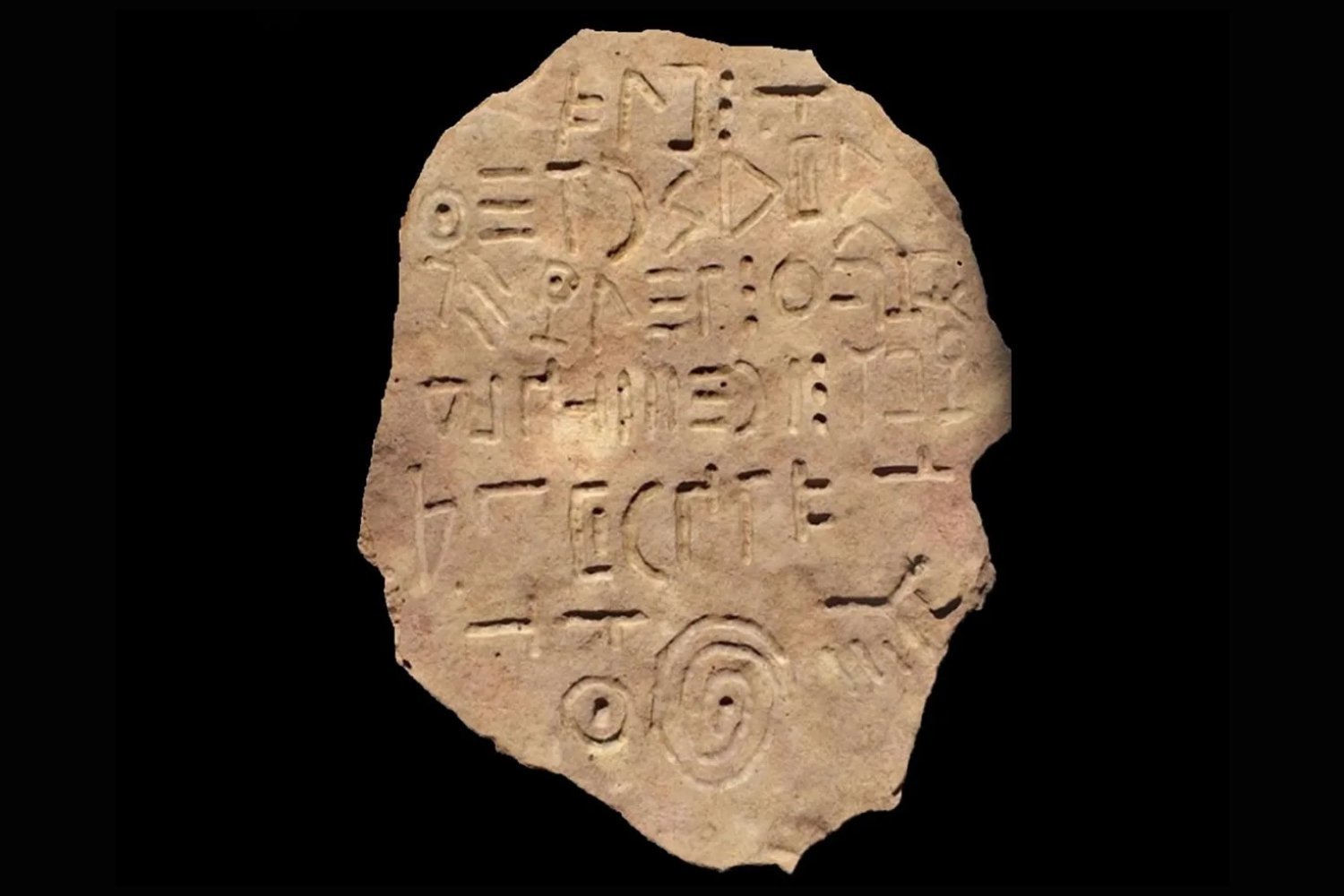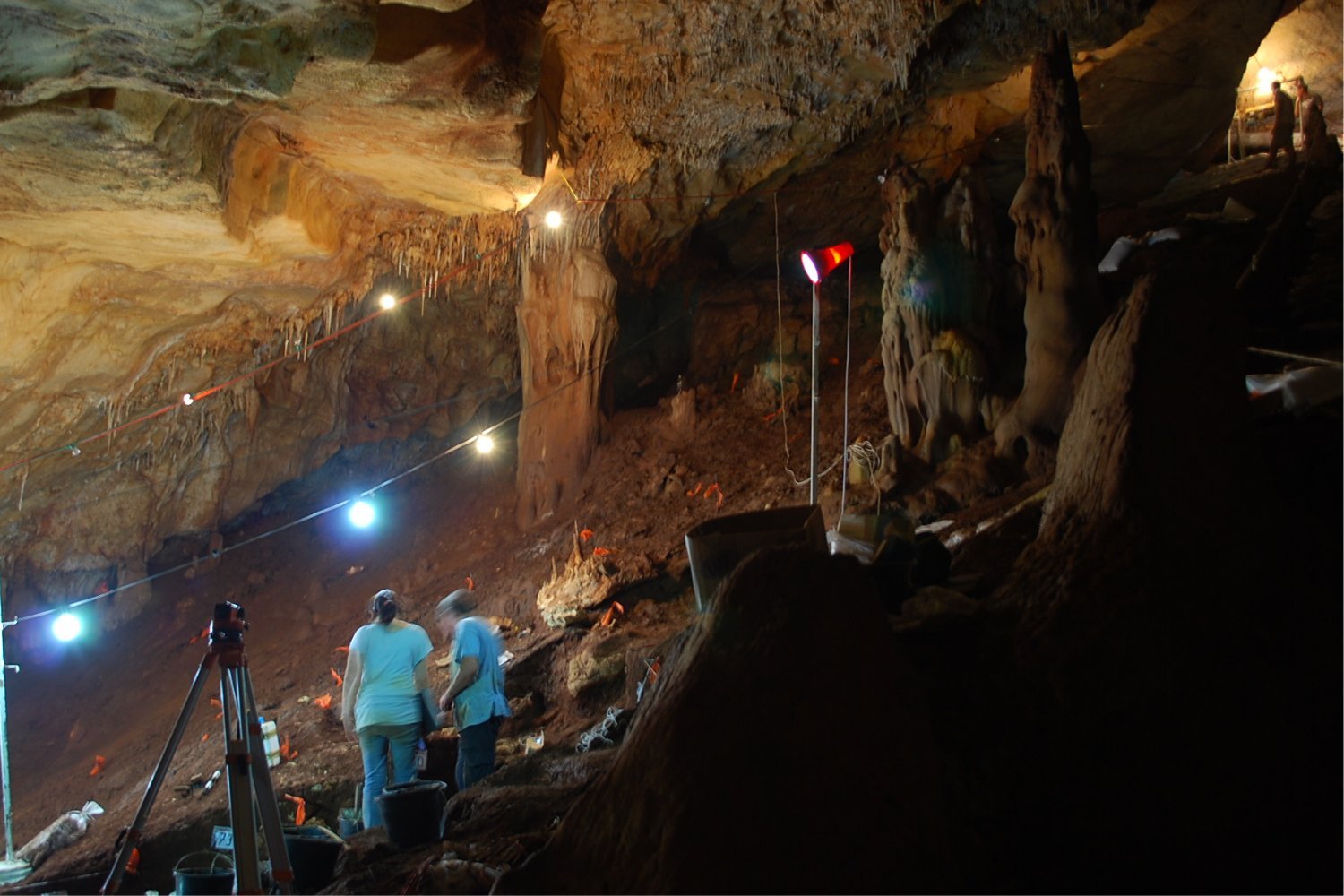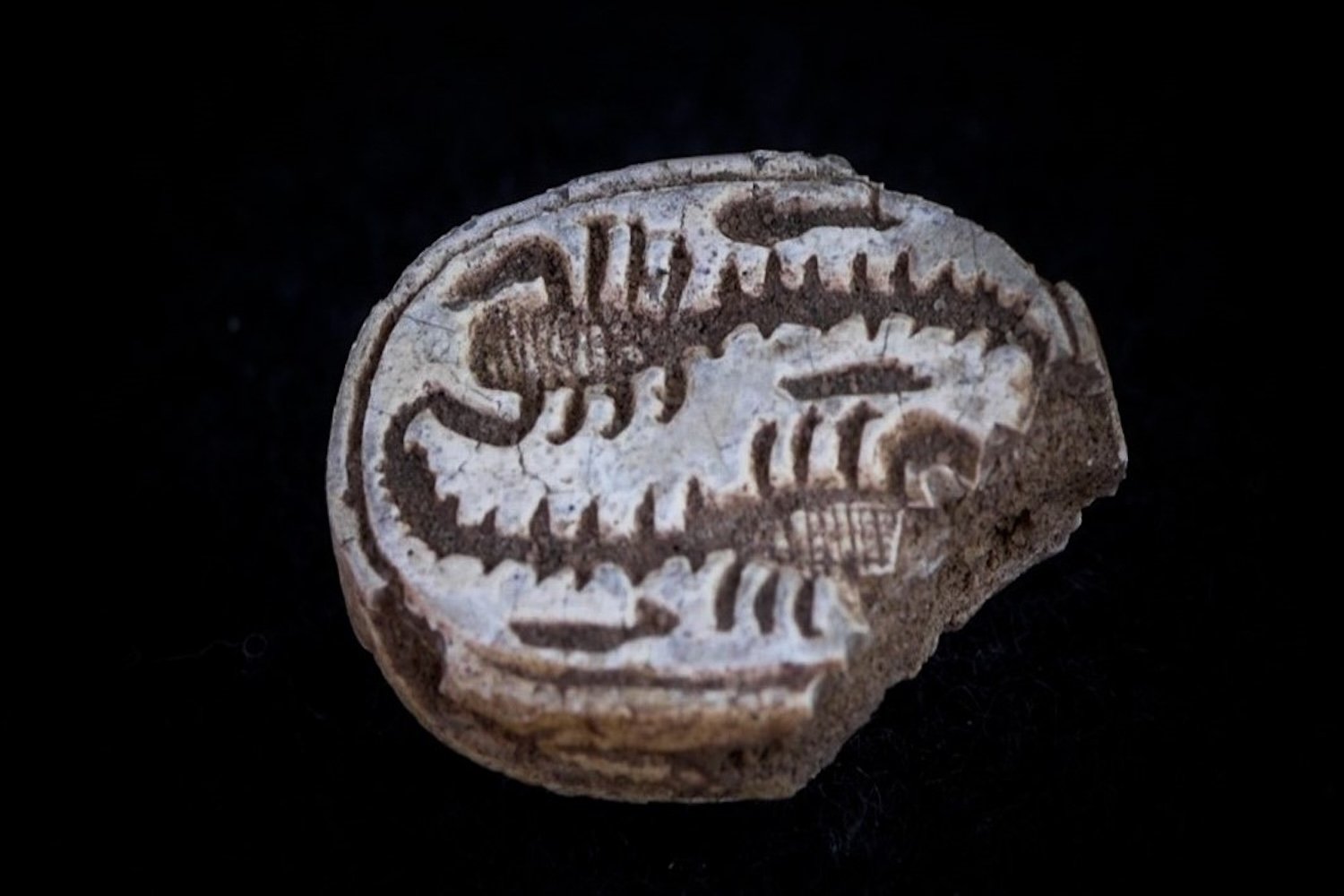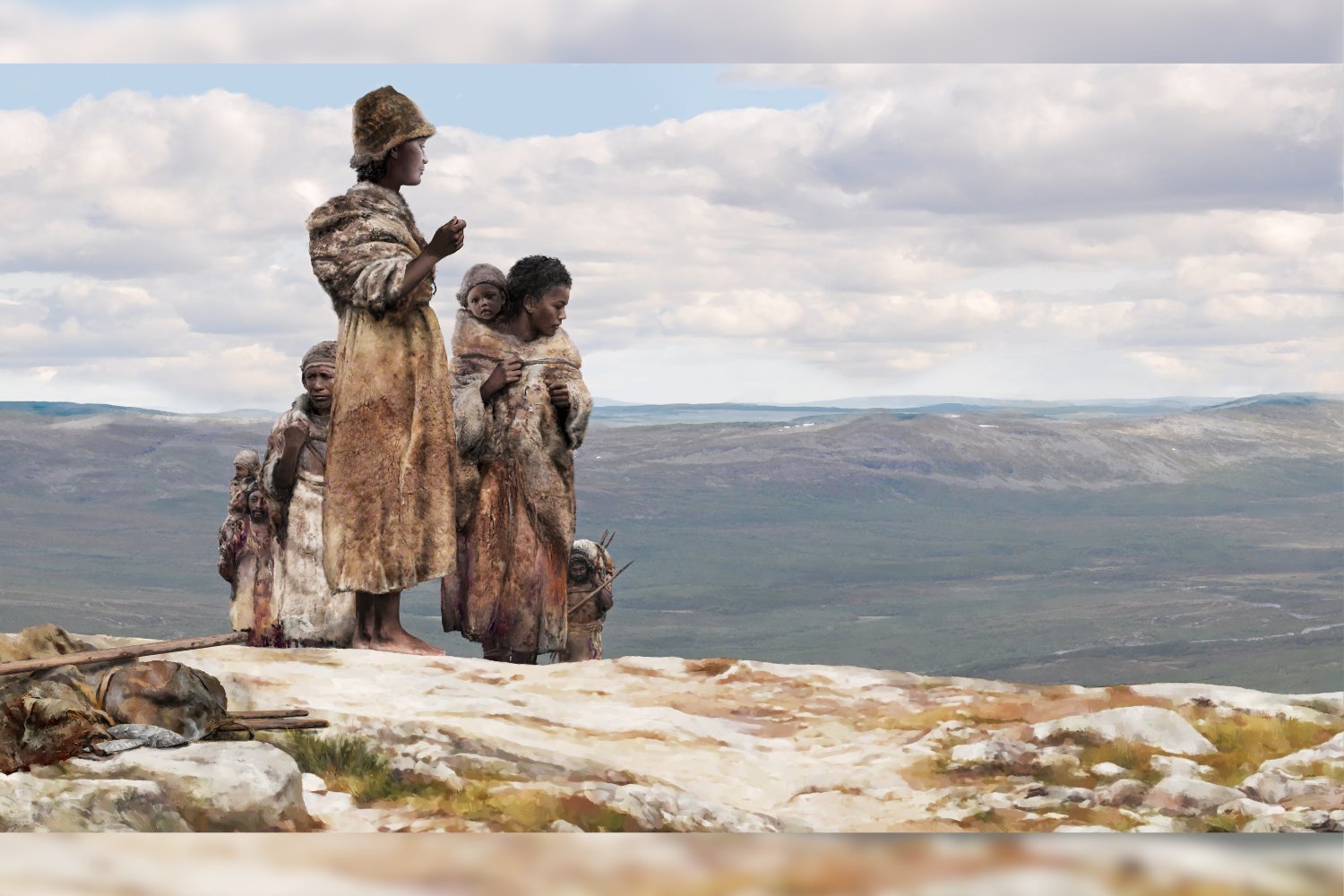Approximately 1.5 million years ago, two distinct hominin species, Homo erectus and Paranthropus boisei, walked along the shores of a prehistoric lake in eastern Africa. Their fossilized footprints, discovered alongside those of giant birds, offer a remarkable glimpse into the lives and interactions of our ancient relatives. This discovery provides compelling evidence that these two species not only coexisted in the same region but also likely interacted in close proximity.
A Window into the Past
These footprints, unearthed in 2021 by a team led by paleontologist Louise Leakey and excavated the following summer, represent a unique find. They are currently the only evidence of these two hominin species in the Turkana Basin during this specific time period. While Homo habilis fossils have been found in slightly older sediments, suggesting potential overlap, the footprints are attributed to H. erectus and P. boisei based on current evidence. The research team used advanced 3D imaging techniques to analyze the footprints, providing unprecedented detail about the hominins’ gait and movement.
Two Species, Different Paths
Homo erectus, known for its migration out of Africa and reaching as far as eastern Asia, is widely considered a direct ancestor of Homo sapiens. In contrast, Paranthropus boisei, characterized by its robust build and large teeth, represents a different branch of the hominin family tree. Evidence suggests P. boisei became extinct around 1.2 million years ago, not long after these footprints were made. Homo erectus, however, persisted until approximately 110,000 years ago.
Coexistence and Competition
The close proximity of the footprints suggests that H. erectus and P. boisei inhabited the same area and likely crossed paths within hours of each other. While coexistence of hominin species isn’t unheard of—Homo sapiens coexisted with Neanderthals, Denisovans, and others—this discovery provides the first direct evidence of such close interaction. Previous evidence of H. erectus and P. boisei coexistence comes from South Africa’s Drimolen site, where a H. erectus toddler’s skull cap was found alongside P. boisei remains.
A Fascinating Glimpse
This discovery offers valuable insights into the behavioral ecology of these ancient hominins. Researchers suggest that, despite living in the same environment, H. erectus and P. boisei likely experienced low levels of competition due to their distinct diets and lifestyles. Homo erectus, believed to be more adaptable and with a wider ranging diet, may have had an advantage in exploiting resources. Further research is needed to fully understand their interactions and how they navigated their shared environment.
Unraveling the Past
These ancient footprints provide a tangible link to our evolutionary past. They open a window into the complex interactions between different hominin species, highlighting the diversity of human evolution. While many questions remain, this remarkable discovery offers a unique opportunity to explore the lives and relationships of our ancient ancestors and relatives. Further research at this site may reveal more about how these hominins lived and interacted, offering further insights into our own evolutionary journey.



